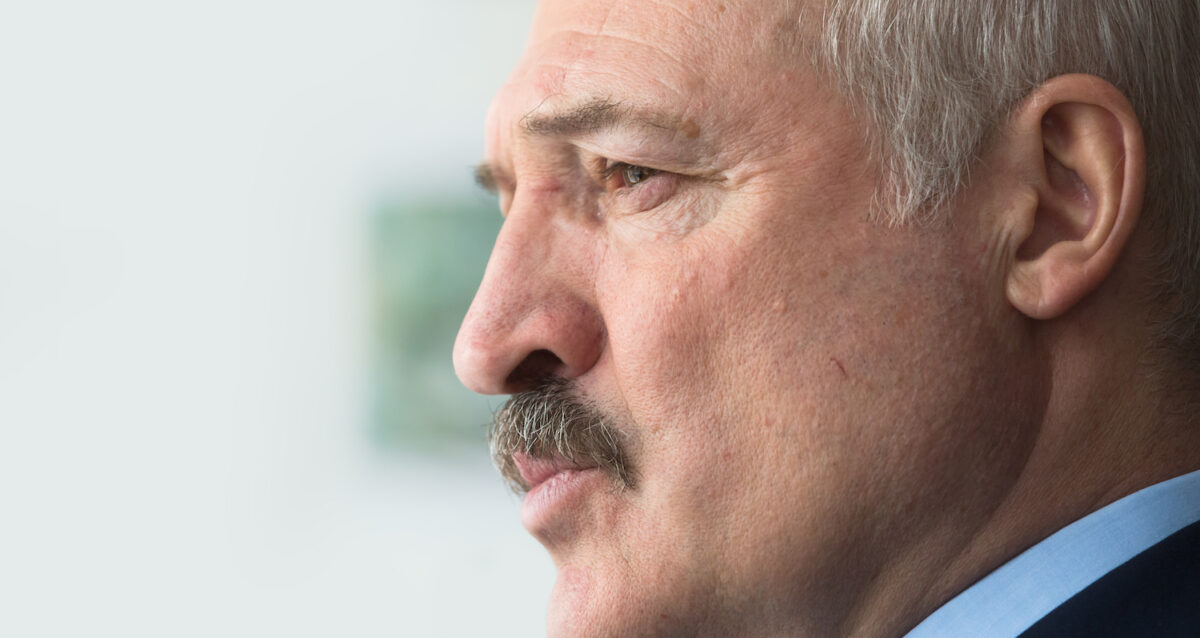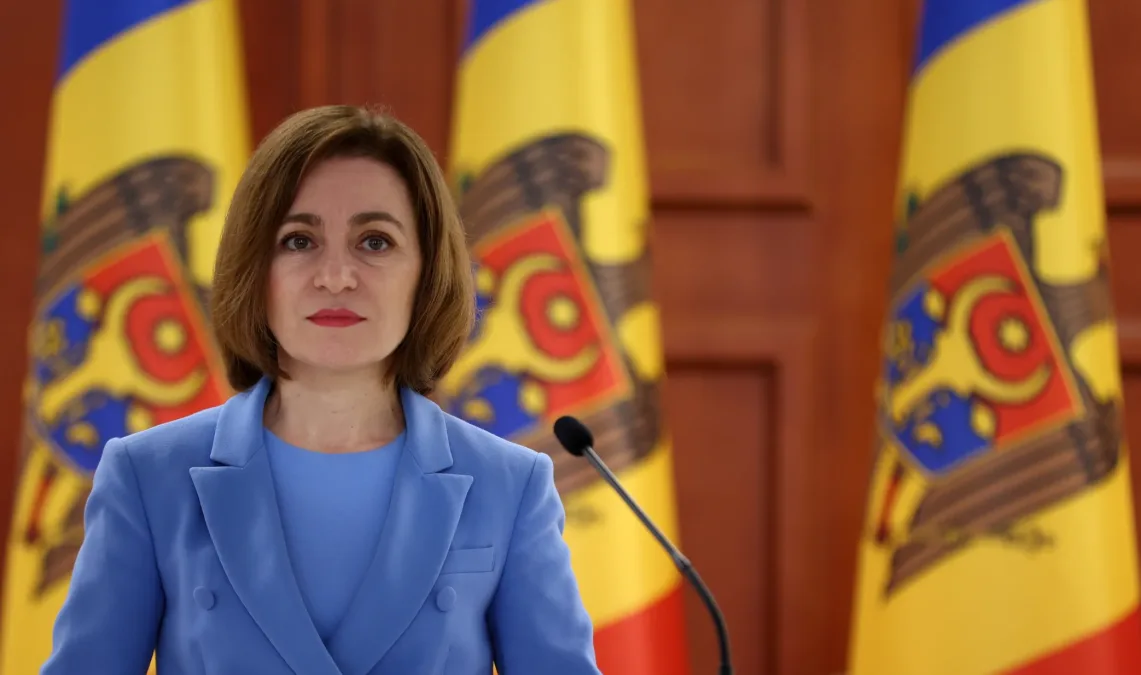No election in Belarus has been deemed free or fair by international observers since 1994, and it’s highly unlikely that a presidential vote set to be held on January 26 will break the mould.
Dictator Alexander Lukashenko will be re-elected for a seventh term in office with a huge majority—indeed, the only element of uncertainty is the size of the majority. In 2020, Lukashenko was declared the winner with an implausible 81 per cent of the vote, although another candidate, Svetlana Tikhanovskaya, was widely believed to have won.
Tikhanovskaya was subsequently forced into exile, in Lithuania. Her husband, Serghei Tikhanovsky, remains in prison in Belarus, along with around 1,300 other political prisoners, many arrested during widespread demonstrations that followed the 2020 election.
According to the Viasna Human Rights Centre, a new wave of arrests of Lukashenko’s opponents took place in November 2024, to prevent them mobilising ahead of the coming election.
Lukashenko underestimated Tikhanovskaya in 2020. She told Emerging Europe the following year that the dictator, “simply didn’t think a housewife could beat him”.
This time, Lukashenko has not made the same mistake. Of the other candidates on the ballot paper, three can broadly be called Lukashenko allies, with the only remotely independent candidate being a businesswoman, Hanna Kanapatskaya, who, according to Belsat, a Poland-based independent media channel, has in the past been associated with the opposition but who in 2020 criticised Tikhanovskaya.
“[Kanapatskaya] should be considered one of the politicians supporting the regime,” Belsat wrote in November.
‘A tool of repression and control’
The real Belarusian opposition has called for a boycott of the election. Last week, Tikhanovskaya said that, “The Belarus regime has turned elections into a farce—a mask to hide its crimes and cling to power against the people’s will. The dictator’s planned self-reappointment is not democracy; it’s a tool of repression and control. I am glad the democratic world sees through this deception.”
Outgoing US Secretary of State Antony Blinken also issued a statement last week, condemning the Lukashenko regime’s “systematic efforts” to silence any dissent have determined the outcome of the election long before any ballots are cast, depriving the Belarusian people of the opportunity to choose their own leaders and determine their own future.
“The United States joins many of our European allies in assessing that elections cannot be credible in an environment where censorship is ubiquitous and independent media outlets no longer exist, where only regime-approved candidates can even appear on the ballot, and where members of the opposition are either imprisoned or in exile,” he said.
As in 2020, Emerging Europe will not recognise Lukashensko’s ‘victory’ in the coming election. Tikhanovskaya, who in 2021 was named as our Public Figure of Year, remains the country’s rightful leader.







